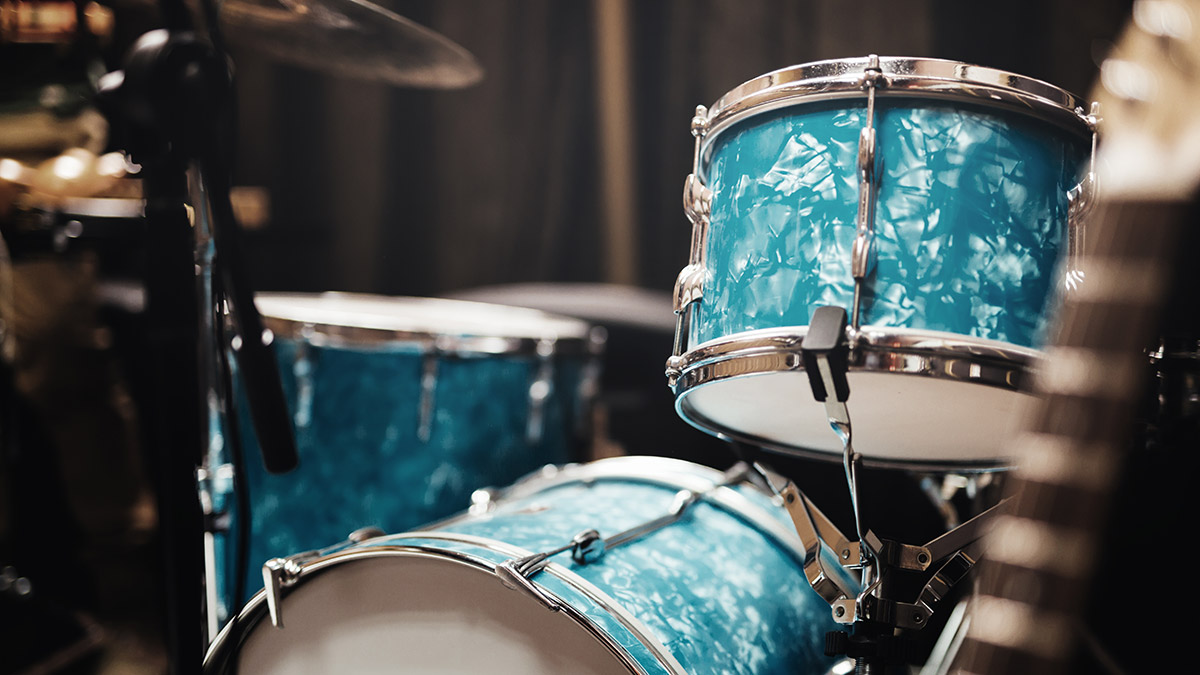Mixing Percussion: Four Tips For Better Sounding Drums

Percussion is rarely the first thing you notice when listening to a track. But elements such as claps, tambourines, congas, and shakers can really elevate a piece of music.
These elements can add depth and sheen to a mix, they can add rhythmic interest, and increase variation between sections of your tracks. in this article we will walk you through four tips that will help you to make the most of your percussion parts.
1. Consider How You EQ
Before EQing, consider what role each percussion part will play in the final mix. Drums such as congas and bongos can often be quite resonant at certain frequencies, and this can clutter up your mix if you're not careful. If you are using these kinds of percussive parts primarily to add rhythmic interest, then the part of the sound that you want is the transient; the point when the hand hits the drum skin. The subsequent ringing of the drum's resonant body is less important, and you can therefore EQ it out.
In certain genres – particularly rock and indie – high frequencies can be quite hard to come by. Percussion such as shakers and tambourines can be very useful for introducing some high-end energy. If you are using them for this task, you can normally filter out the lower frequencies of these instruments, so that they don't clutter up the middle of your mix.
2. Use Time-Based Effects Or Panning To Add Movement And Interest
Try adding some subtle chorus or phasing to a percussion part – the extra movement in the sound that this generates can really help it to stand out, and the fact that the sound is constantly changing will add interest to your mix.
Delays unsurprisingly work really well with percussive parts too. Try setting the delay to the tempo of the track, and play around with the timing values. You can create interesting poly-rhythms this way; particularly if you experiment with dotted and triplet values.
You can also experiment with dynamic panning on your percussion elements. You can automate parts boldly so that they pop up first in one speaker, and then in the other. This can really draw attention to the percussion and can be quite exciting – particularly in dance music genres. However, you can also be more subtle – perhaps just automating a part to pan ten percent left and then ten percent right every couple of bars. This will add some dynamism to a mix without necessarily foregrounding the percussion.
3. Play With Transient Shape
You can use plug-ins to control the strength of your percussion transients. In fact, we wrote about Flux's Bittersweet a little while ago; a great free plug-in that does just this. If you make the transients weaker, the percussive part will sit further back in your mix. Make the transients stronger and the percussion will become more prominent. Bittersweet is great for this as it allows you to control this process with just one rotary control.
4. Think About Your Arrangement
Where should you add percussion to your track? It can be a useful tool for distinguishing between different sections. Try adding extra percussion layers into higher intensity sections; choruses or drops. Faster moving parts can give a section more energy and a feeling that things are speeding up; without the tempo changing at all.



Comments:
May 02, 2022
Apr 29, 2022
Apr 27, 2022
Login to comment on this post